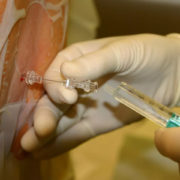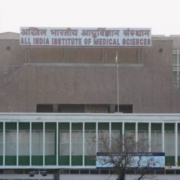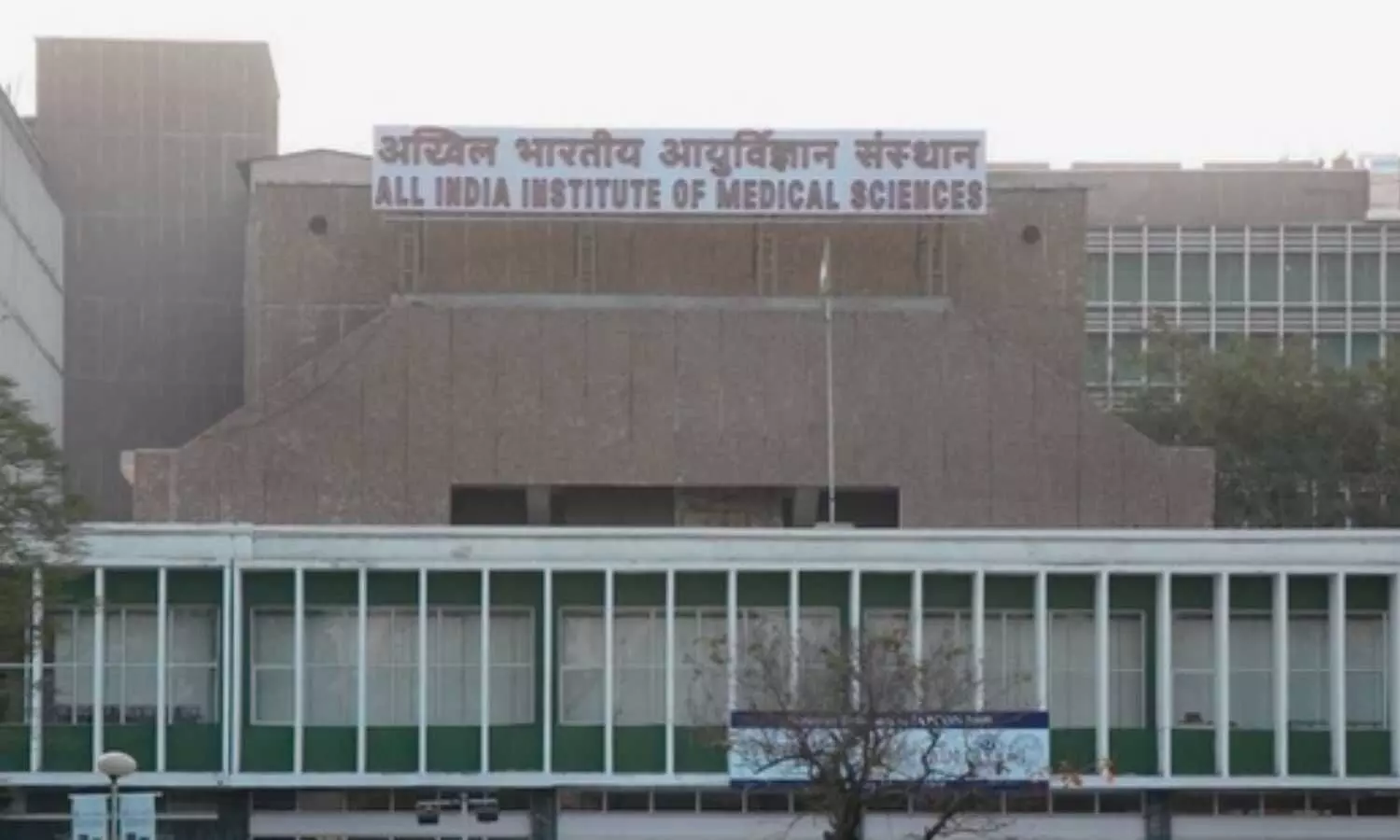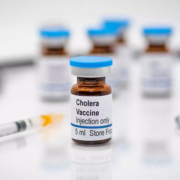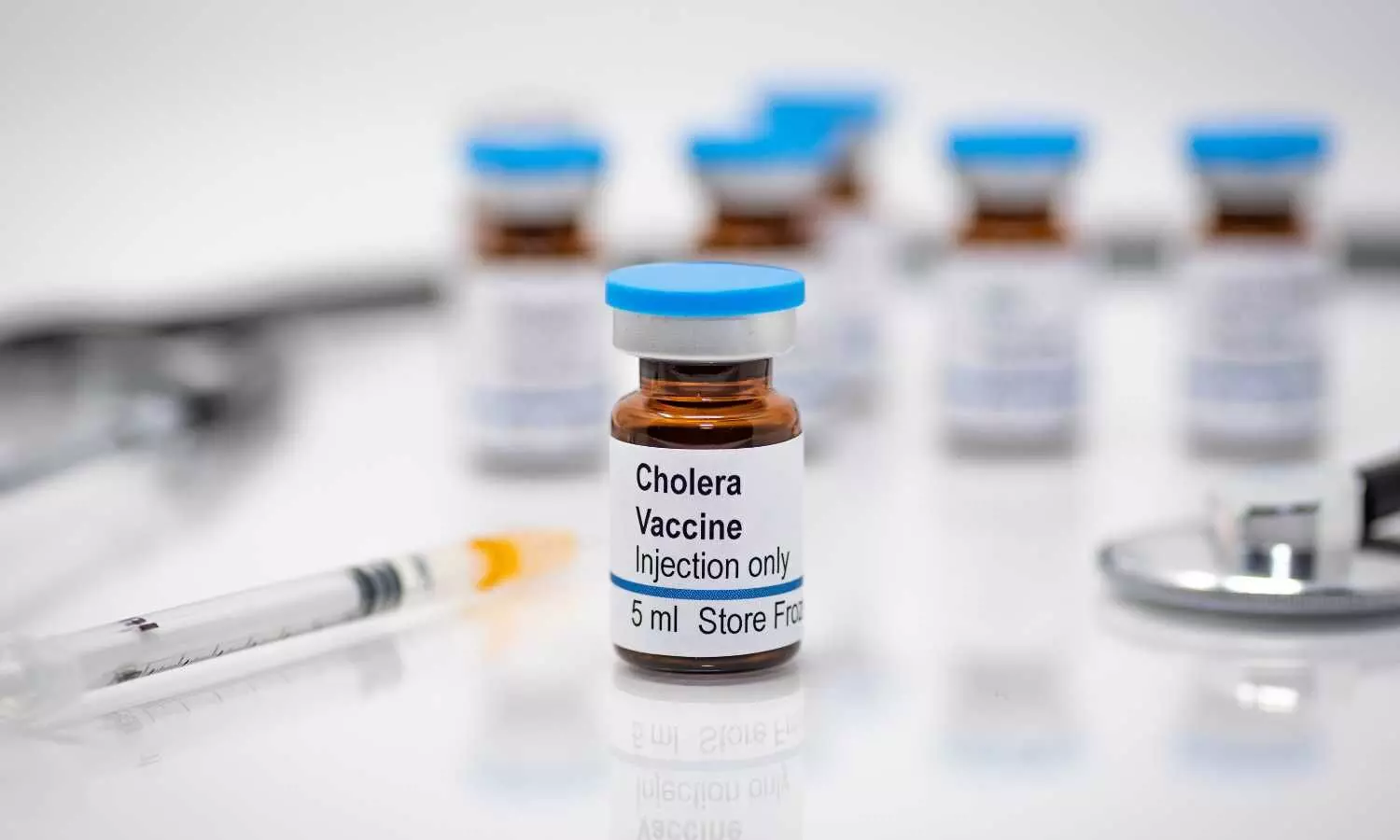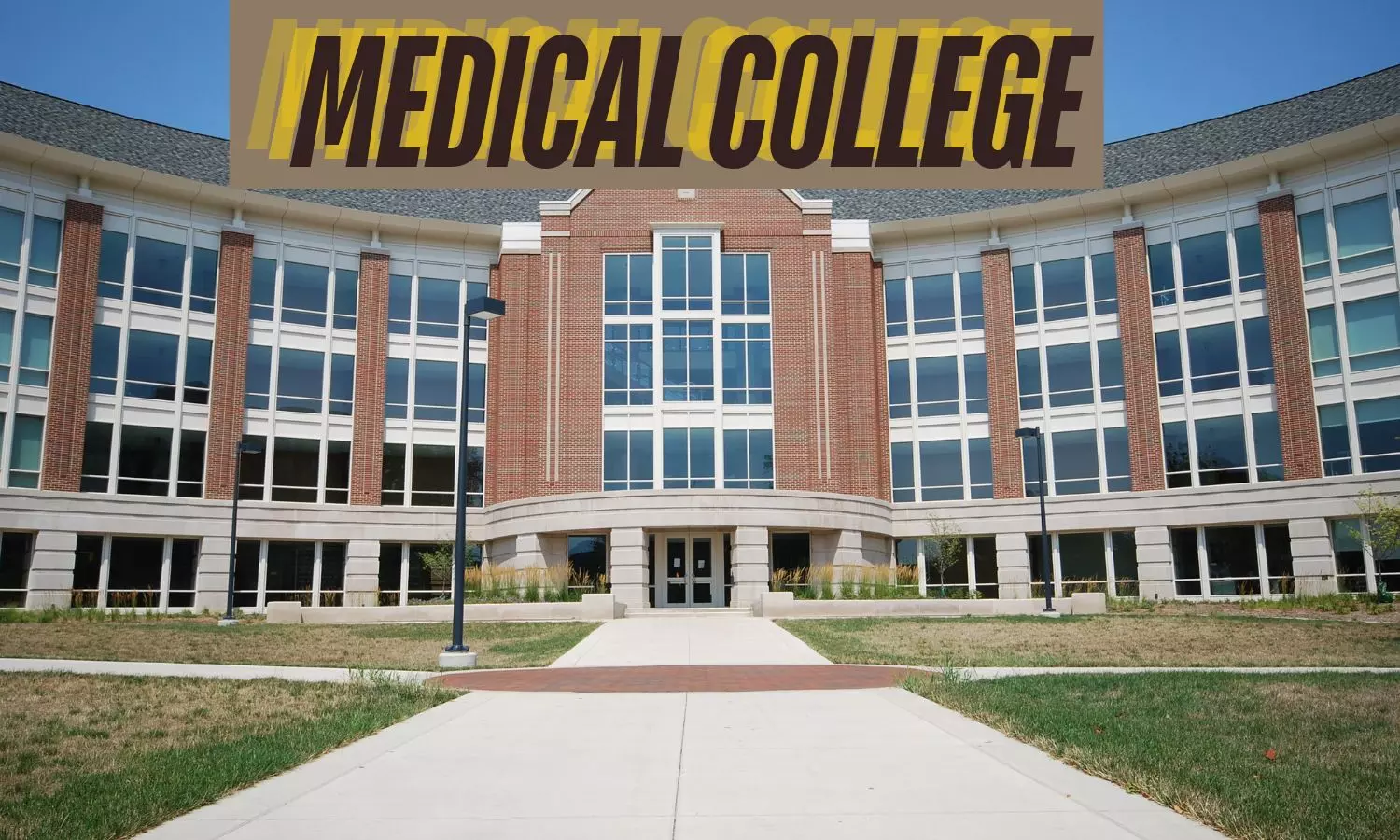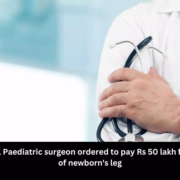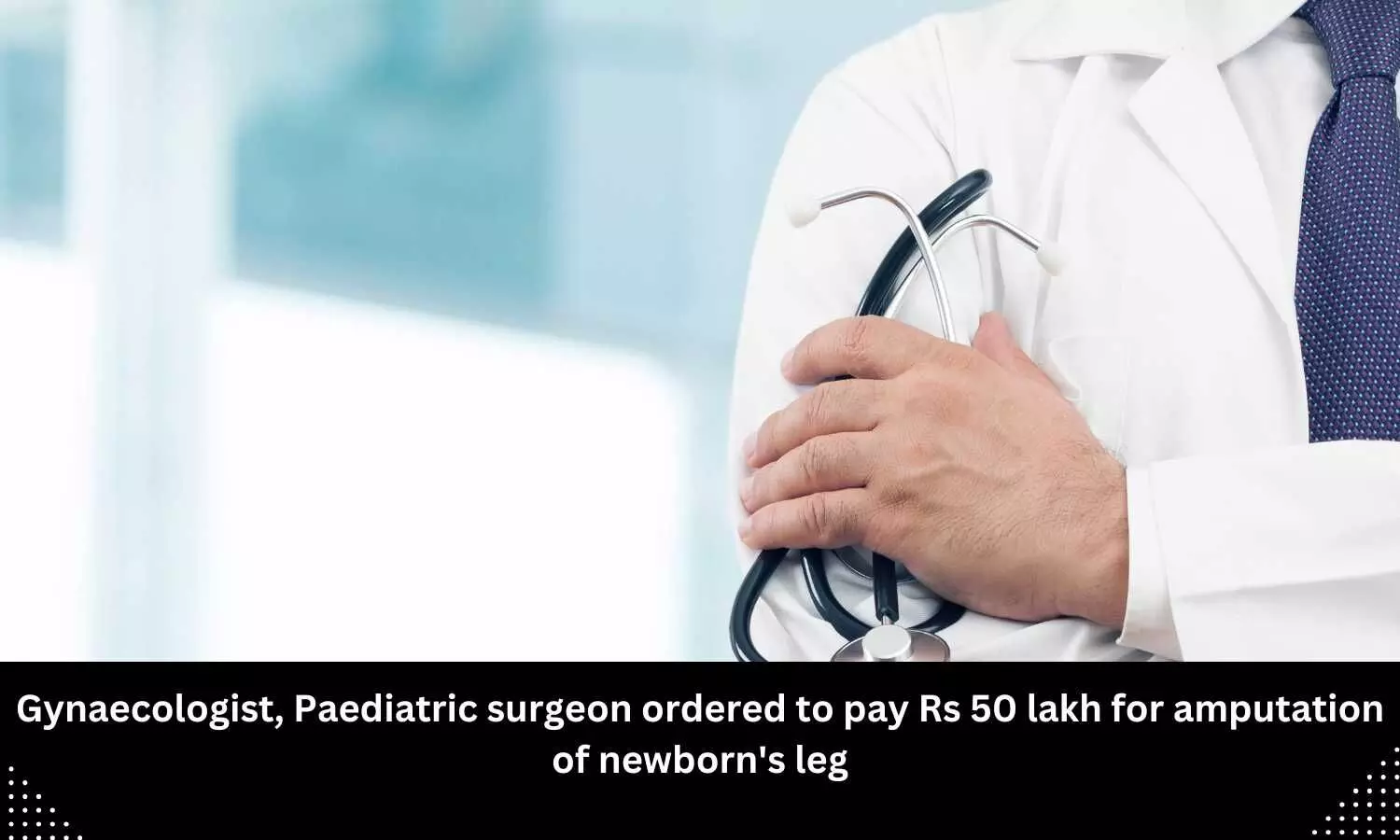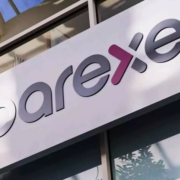Naloxone Addition to Opioid Mixture may reduce Pruritis in Spinal Anesthesia for Cesarean Section, finds study
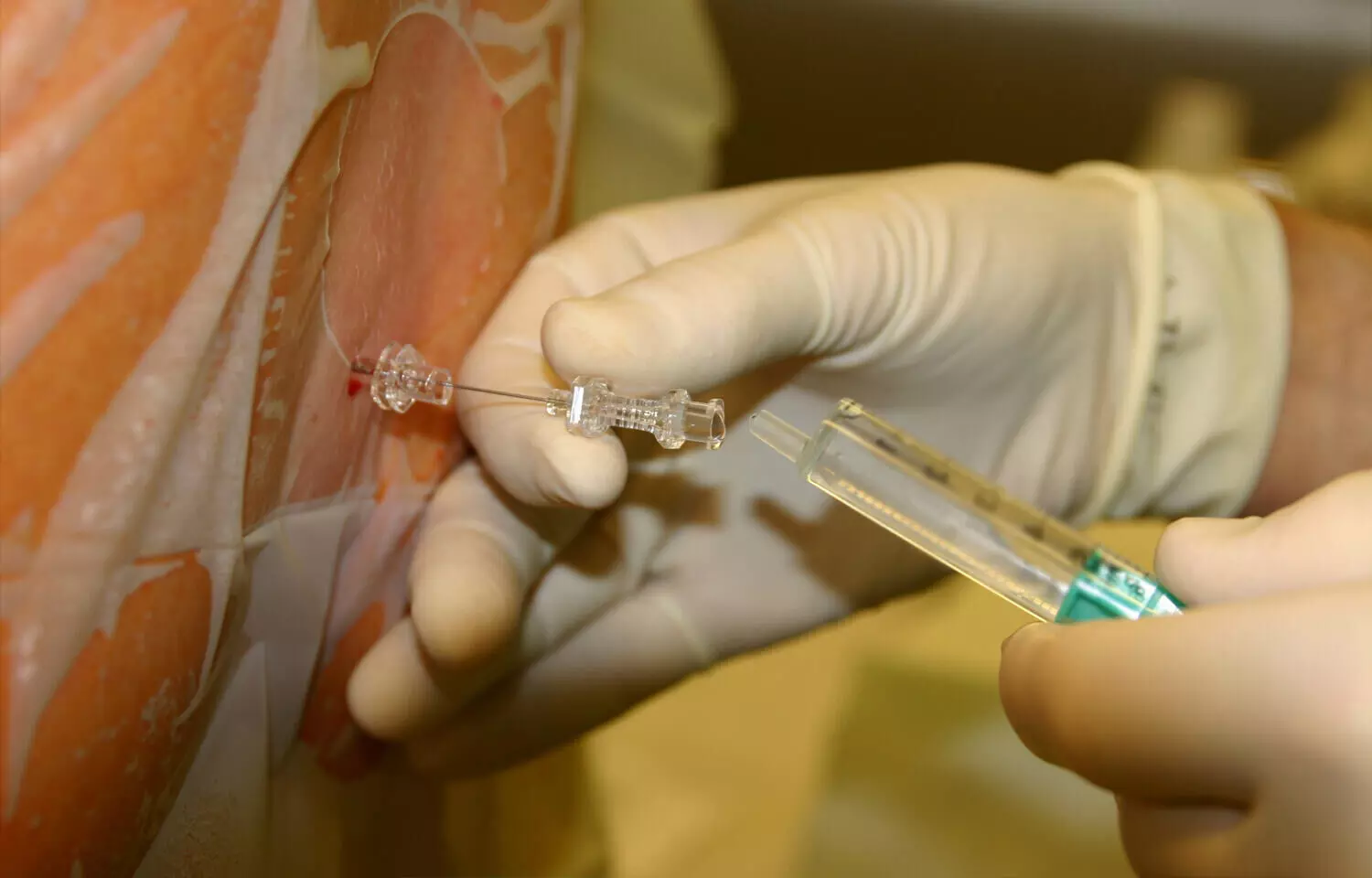
Regional anesthesia techniques, such as spinal anesthesia, are frequently employed for cesarean section (CS) due to their benefits of providing postoperative pain relief and reducing the potential risks of aspiration, awareness, and difficulty in managing the airway. Adding a small amount of naloxone to intrathecal opioids can reduce the high risk of pruritis associated with their use. Recent study evaluated the effect of adding a low dose of naloxone (20 μg) to a fentanyl-bupivacaine mixture on the incidence of pruritus in pregnant women undergoing cesarean section under spinal anesthesia. The study included 80 pregnant patients scheduled for cesarean section under spinal anesthesia. They were randomly divided into two groups: Group F: Received 10 mg of 0.5% hyperbaric bupivacaine (2 ml) plus 25 μg fentanyl Group FN: Received 10 mg of 0.5% hyperbaric bupivacaine (2 ml), 25 μg fentanyl, and 20 μg naloxone.
Study Findings
The study found that compared to the F group, the FN group showed a significant decrease in the incidence of pruritus (33.33% vs 60.53%, p=0.022), prolongation of the onset of pruritus (p=0.006), shortening of the duration of pruritus (p=0.029), and decrease in the severity of pruritus (p=0.039).
Postoperative Comparison
However, the postoperative pain scores, rescue analgesic consumption, and time for first rescue analgesia request were comparable between the two groups (p>0.05). The incidence of maternal side effects and fetal APGAR scores were also similar between the groups.
Conclusion
The authors concluded that the addition of an ultra-low dose of naloxone (20 μg) to the fentanyl-bupivacaine mixture significantly reduced the incidence, duration and severity of pruritus without affecting postoperative analgesia in pregnant women undergoing cesarean section under spinal anesthesia.
Key Points
1. The study evaluated the effect of adding a low dose of naloxone (20 μg) to a fentanyl-bupivacaine mixture on the incidence of pruritus (itching) in pregnant women undergoing cesarean section under spinal anesthesia.
2. The study included 80 pregnant patients who were randomly divided into two groups: – Group F: Received 10 mg of 0.5% hyperbaric bupivacaine plus 25 μg fentanyl – Group FN: Received 10 mg of 0.5% hyperbaric bupivacaine, 25 μg fentanyl, and 20 μg naloxone.
3. The study found that compared to the F group, the FN group showed a significant decrease in the incidence of pruritus (33.33% vs 60.53%, p=0.022), prolongation of the onset of pruritus (p=0.006), shortening of the duration of pruritus (p=0.029), and decrease in the severity of pruritus (p=0.039).
4. The postoperative pain scores, rescue analgesic consumption, and time for first rescue analgesia request were comparable between the two groups (p>0.05).
5. The incidence of maternal side effects and fetal APGAR scores were also similar between the groups.
6. The authors concluded that the addition of an ultra-low dose of naloxone (20 μg) to the fentanyl-bupivacaine mixture significantly reduced the incidence, duration and severity of pruritus without affecting postoperative analgesia in pregnant women undergoing cesarean section under spinal anesthesia.
Reference –
Ahmed SA, Amer AF, Lotfy HA, Mansour RF. The effect of addition of ultra‑low dose of naloxone to fentanyl–bupivacaine mixture on the incidence of pruritis after spinal anesthesia for cesarean delivery: Randomized clinical study. J Anaesthesiol Clin Pharmacol 2024;40:381‑7.
Powered by WPeMatico

